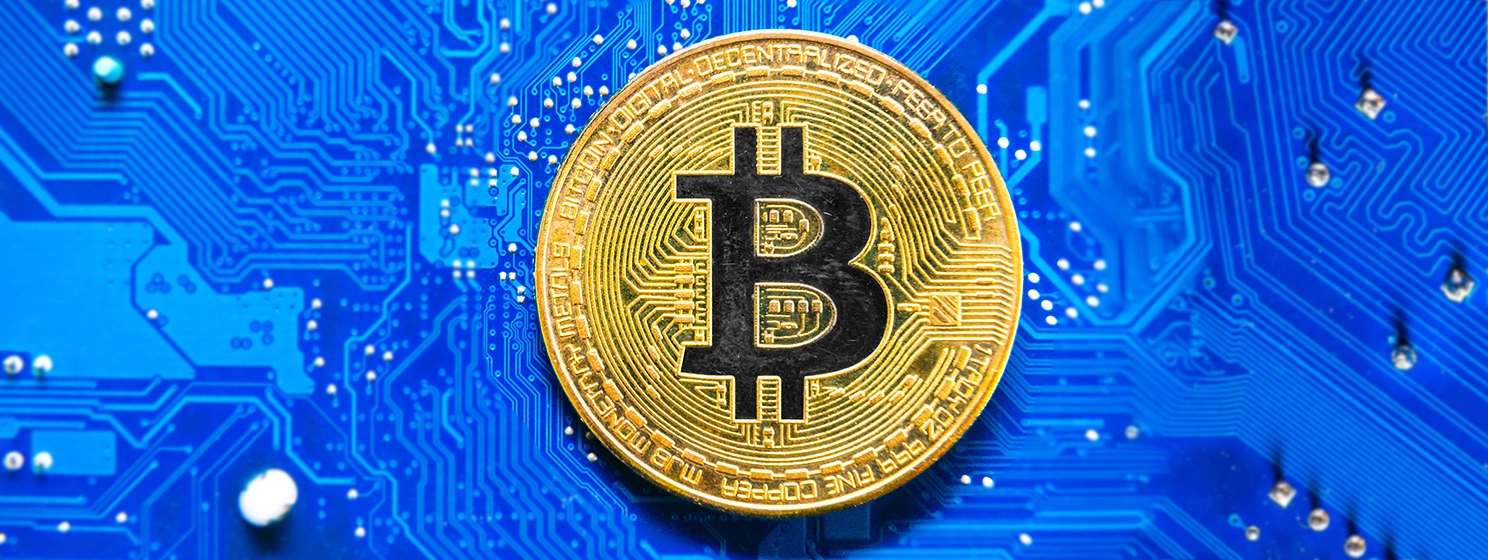|
Getting your Trinity Audio player ready...
|
The Bank for International Settlements (BIS), a coalition of the world’s central banks, recently issued a report declaring that stablecoins were not a safe store of value.
The report detailed how, from January 2019 to September 2023, fiat-backed stablecoins only maintained their peg 94% of the time. In other words, 6% of the time, fiat-backed stablecoins could not be redeemed for their supposed $1 value. “Only seven fiat backed stablecoins have been able to keep their deviations from the peg below 1% for more than 97% of their life span,” the report stated.
Yet, things were even worse for digital currency and commodity-backed stablecoins. Over the same timeframe, they only managed to maintain their pegs at 77% and 50%, respectively. In some cases, such as the Terra Luna collapse, these ended in the catastrophic loss of billions.
The BIS also warned that some stablecoin issuers don’t use independent certified public accountants to verify their accounts. Of those that do, reserve reports usually don’t follow common reporting standards.
Stablecoins aren’t safe, but we’ve been telling you this for years
It seems the BIS has finally caught up with what CoinGeek has been warning our readers for years—stablecoins aren’t safe, and you shouldn’t keep any significant value in them. Even supposedly legit ones, like Circle’s USDC, have depegged by as much as 10% after losing some of its reserve deposits in the Silicon Valley Bank collapse.
While Circle’s USDC can not be said to be safe for the reasons outlined in the BIS report, it at least makes an effort to prove its reserves and play by the rules. The same can not be said for the largest stablecoin issuer, Tether, which has been repeatedly caught lying about its reserves and has even been banned from New York State for misleading regulators about its reserves.
Tether, which also has several executives under investigation for bank fraud, claims to have more than $86 billion in assets backing USDT, but it has never been audited and has repeatedly refused to prove its claims publicly. Tether accounts for the majority of volume on centralized digital currency exchanges. Its failure would be catastrophic for the prices of digital currencies like BTC, ETH, and XRP.
Despite its founders claiming Tether has been designed to withstand the volatile digital currency markets, USDT is not immune from the depegs outlined in the BIS report. In the wake of the FTX collapse, the world’s largest stablecoin slipped from $1 to $0.97.
Despite FTX boss Sam Bankman-Fried being Tether’s largest customer, demand for the stablecoin has allegedly proliferated in the past 1.5 years. Its market cap is now at new all-time highs, leading many to question where the demand comes from.
There remain many unanswered questions in relation to stablecoins, but in light of the November 8 BIS report, we can answer one definitively: are stablecoins safe? Absolutely not.
Watch: Tokenizing gold on Bitcoin & new BSV stablecoin set to launch

 12-19-2025
12-19-2025 




